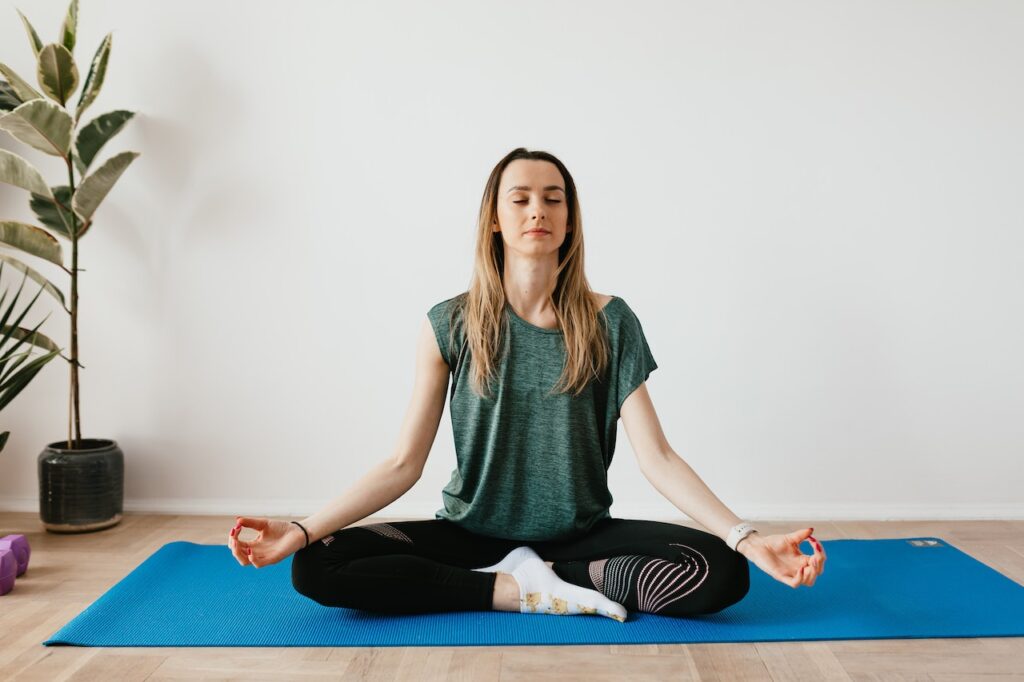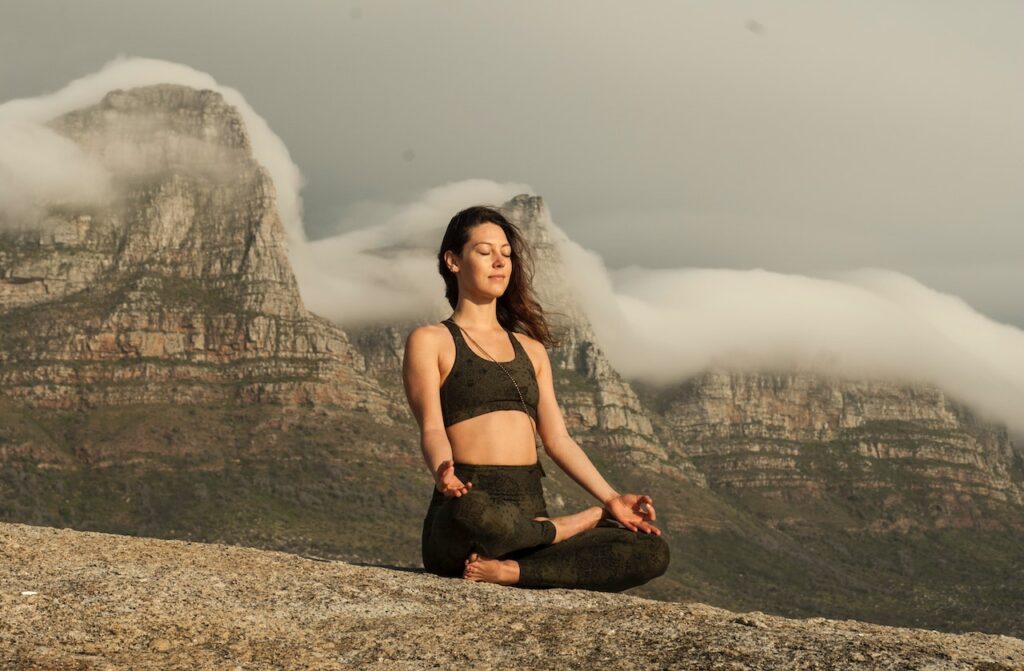
Photo by Karolina Grabowska
While most people may agree that situations like accidents, wars, and natural catastrophes are traumatic, other situations may qualify as traumatic based on individual experiences.
A traumatic incident can affect psychological and bodily states in a temporary or persistent way. While some people can recover quickly from such an event, others may experience a significant decrease in their capacity to manage the same circumstances.
This may have a negative impact on how they view themselves and their surroundings. The body develops a chronic stress response, and the brain is rewired to have unhelpful physical and mental reactions.
By utilizing physical interventions, somatic experience, a type of somatic therapy, can successfully treat trauma in patients.
- Resourcing and Visualization
Resourcing entails tuning into particular physical sensations that may be the polar opposite of what you’re now feeling. While practicing particular exercises at home could help you jumpstart the process, it can be long and drawn-out. Fortunately, a professional in psychotherapy in Toronto can help you through it.
These exercises can be done at home to support your treatment after beginning these methods with a licensed therapist in Windsor, Ontario.
Anytime you feel upsetting feelings, ideas, or sensations, you can employ both resourcing and visualization. You can lessen some distress by focusing on producing a “safe” experience in your body and thoughts.
The exercises can require some practice. Start by completing them when you’re not experiencing distress. In that case, it might be simpler to recreate the experiences when necessary.
- Self Regulation
Generally speaking, emotional self-regulation entails helping yourself navigate your emotions so you can change course when they make you upset. Self-regulation in somatic therapy is concerned with the nervous system.
The autonomic nervous system may become dysregulated as a result of unresolved trauma. This could indicate that you’re constantly on high alert. As a result, you might have a traumatic response in response to regular stressors and occurrences.
The somatic experience method contends that verbal treatment may not always be successful in gaining access to this intricate bodily process. As an alternative, using your senses could help you let go of and change these patterns.
- Safe Place Meditation

Photo by Savanna Goldring
This develops over time as a healing daydream. Create a vivid mental image of a location. Give specifics regarding your body’s sensations in that environment and all five senses. There are no regulations other than the fact that it is secure, exclusively yours, and how you arrive there is kept a secret. It may be entirely fictional or partially inspired by a genuine location. What sets this apart from detachment or avoidance is the conscious concentration on the imagined location and the grounding events.
- Sensory Tracking
Observe your body’s varied feelings without passing judgment, such as pressure, tightness, softness, textures, temperatures, and wants to move. As you name the sensations, see how they change. Try this as much in happy and relaxing moments as in difficult ones. Please address these worries with a trauma-informed therapist if noticing sensations start to disturb you.
- Breath Control
A great method to relax, feel more in control, and release stress is through breathwork. Breathwork frequently begins with regulating your breathing and trying to ensure that your abdomen is breathing deeply.
As you begin to calm down, you can practice resting your breath for short time intervals or you might work on gradually deepening your breaths.
There are many different types of breathwork, and more complex breathwork may involve vocal sounds and massage in Kitchener. This is in addition to breathing that is both sped up and slowed down. If light exercise such as yoga or other forms of gentle movement is more beneficial for you, you can also engage in breathwork while doing those things.
